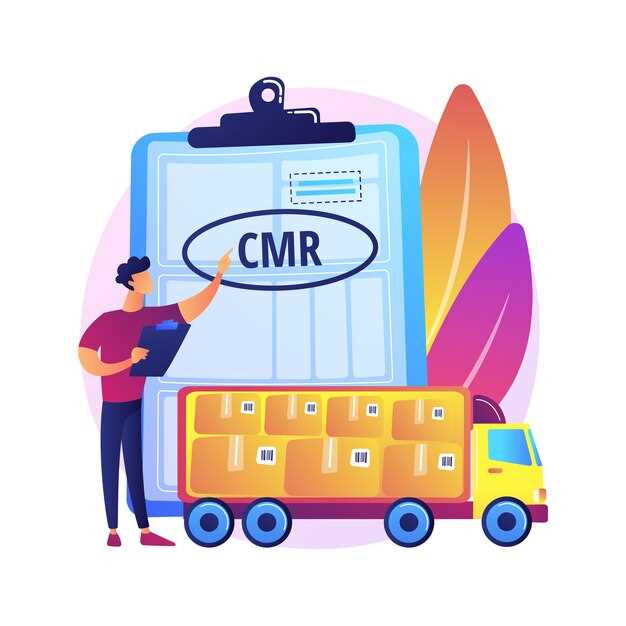
The automotive industry is a vital component of the global economy, and the dynamics of international trade play a significant role in its development. In recent years, tariffs imposed on Chinese auto imports have sparked widespread debate among policymakers, manufacturers, and consumers alike. Understanding the impact of these tariffs is essential for grasping the larger picture of how trade policies influence competitive markets and supply chains.
Chinese automakers have increasingly sought to expand their presence in global markets, driven by advancements in technology and a growing appetite for electric vehicles. However, the landscape has been complicated by various customs regulations and tariffs that affect not only the cost of importing vehicles but also the strategic decisions made by manufacturers. These tariffs serve as a barrier that can impede the flow of goods, raise consumer prices, and ultimately reshape market dynamics.
As countries implement protective measures to bolster domestic industries, the implications of such tariffs extend beyond mere financial transactions. They can influence innovation, consumer choice, and even diplomatic relations. In the case of Chinese auto imports, the evolving regulatory environment necessitates a thorough examination of how these tariffs affect both the importation process and the broader automotive market landscape.
Understanding the Current Tariff Rates on Chinese Vehicles

The automotive industry is heavily influenced by international trade policies, particularly tariffs. Duties imposed on imported vehicles can significantly affect prices and market dynamics. Currently, the tariff rates on Chinese vehicles vary based on several factors, including vehicle type and government trade agreements.
As of now, the United States imposes a 25% tariff on most passenger vehicles imported from China. This duty was implemented as part of broader trade measures aimed at addressing the trade deficit and protecting domestic manufacturers. The high tariff rate has led to increased costs for consumers and has influenced the pricing strategies of Chinese automakers aiming to enter the U.S. market.
In addition to the base tariff, there are other associated duties that might apply based on the vehicle’s classification. For instance, electric vehicles and luxury cars may face different rates compared to traditional gasoline-powered models. Importers must also consider other fees such as value-added taxes (VAT) or customs fees that can add to the overall cost of bringing vehicles into a new market.
Understanding these duties is crucial for both exporters and consumers. Producers in China must adjust their pricing and marketing strategies to accommodate the added costs associated with tariffs. Conversely, consumers should be aware that higher duties can lead to elevated prices, potentially limiting access to a wider range of vehicle options.
In summary, the current tariff rates on Chinese vehicles represent a significant factor in international trade. Companies must navigate these duties carefully to remain competitive while consumers should stay informed about how these tariffs impact their purchasing decisions.
Navigating Import Duties and Their Effect on Pricing Strategies

Import duties are crucial factors that significantly influence the pricing strategies of Chinese automobile manufacturers looking to penetrate foreign markets. These tariffs impose additional costs on imported vehicles, which directly affect the final retail prices. Understanding the intricacies of these duties is essential for companies aiming to maintain competitiveness while ensuring profitability.
When setting pricing strategies, automakers must consider the various duties applicable to their products. Customs duties can vary greatly depending on the country, the type of vehicle, and even the engine specifications. For instance, electric vehicles might be subject to lower duties compared to traditional gasoline-powered cars in certain regions, reshaping the strategy around product offerings.
To mitigate the financial impact of import duties, manufacturers often adopt tiered pricing strategies. By adjusting the pricing based on the target market’s duty rates, companies can optimize their sales while remaining compliant with local regulations. This approach not only helps in recovering costs but also allows them to remain competitive against local automakers who are not subjected to the same import duties.
Another effective strategy involves shifting the production or assembly of certain models to locations with favorable trade agreements. This tactic can significantly lower or even eliminate import duties, allowing manufacturers to offer more competitive pricing. Localization of production is increasingly becoming a viable option as global trade dynamics evolve.
Ultimately, a comprehensive understanding of import duties is essential for crafting successful pricing strategies. Automakers that effectively navigate these challenges can enhance their market position and establish a more sustainable presence in international markets.
Compliance with Customs Regulations for Chinese Auto Importers
Compliance with customs regulations is essential for Chinese auto importers aiming to succeed in international markets. Importing vehicles involves navigating a complex web of rules that govern tariffs, duties, and other legal requirements. To avoid costly delays and penalties, importers must understand their obligations under the customs laws of their destination countries.
First, importers need to ensure that all tariffs applicable to their specific automobile models are properly calculated and paid. This includes understanding the rate of duties that apply based on the vehicle’s classification, origin, and value. Incorrect payment of duties can lead to significant fines and can hinder the importation process.
Moreover, importers are required to provide precise documentation to customs authorities, including invoices, packing lists, and shipping documents. Ensuring that these documents are accurate and reflect the true nature of the shipment is crucial. Discrepancies can trigger inspections and further scrutiny that delays delivery and increases costs.
Another key aspect of compliance is adhering to safety and environmental regulations established by the destination country. Many regions have stringent standards regarding emissions, safety features, and manufacturing quality. Importers must work closely with manufacturers to ensure that vehicles meet these criteria before shipment.
It’s also important for importers to maintain meticulous records of all transactions related to customs. This includes keeping track of invoices, duty payments, and correspondence with customs authorities. Such documentation is invaluable in the event of audits or compliance checks.
Lastly, staying informed about changes in customs regulations and trade agreements is vital. Tariffs and duties can shift due to international relations and trade policies. Regularly consulting with customs brokers or legal experts can help importers navigate these changes effectively and adjust their strategies accordingly.


